Azure Cosmos DB Data Explorer vs. G.V() : A Side-by-Side Comparison
Discover the differences between Azure Cosmos DB Data Explorer and G.V() in this detailed breakdown of both graph database clients and their features.

Discover the differences between Azure Cosmos DB Data Explorer and G.V() in this detailed breakdown of both graph database clients and their features.
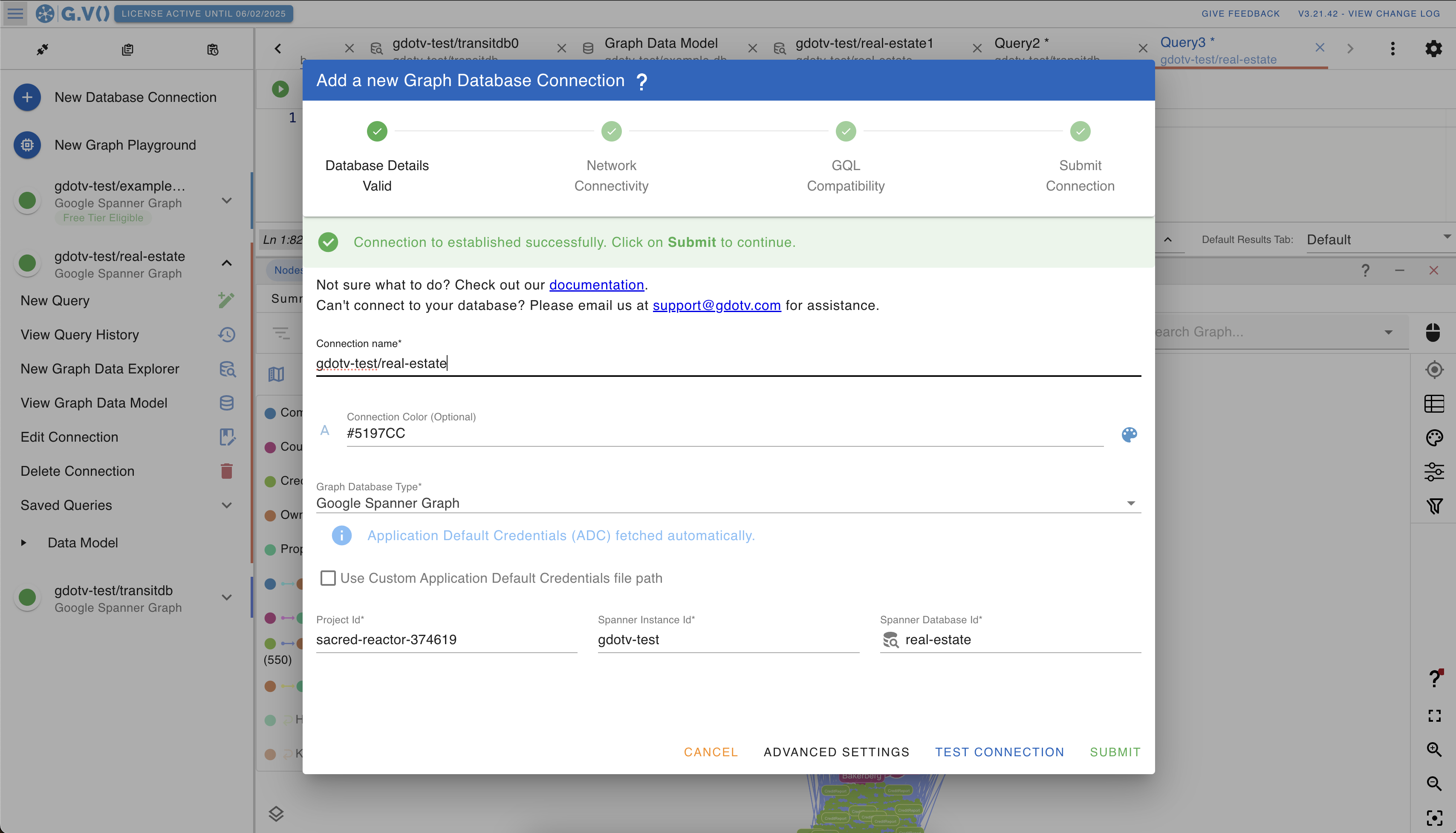
Learn all about G.V()’s new compatibility with Google Cloud Spanner Graph including plug-and-play setup, graph visualization, and no-code data exploration.

G.V() 3.14.38 Release Notes: Now with Support for Neo4j, Memgraph, Neptune Analytics, Query Editor Improvements, and more!
For the first time ever, G.V() can be used on non Apache TinkerPop graph databases. It is now compatible with Neo4j, Neo4j AuraDB, Memgraph and Amazon Neptune Analytics using the Cypher querying language.
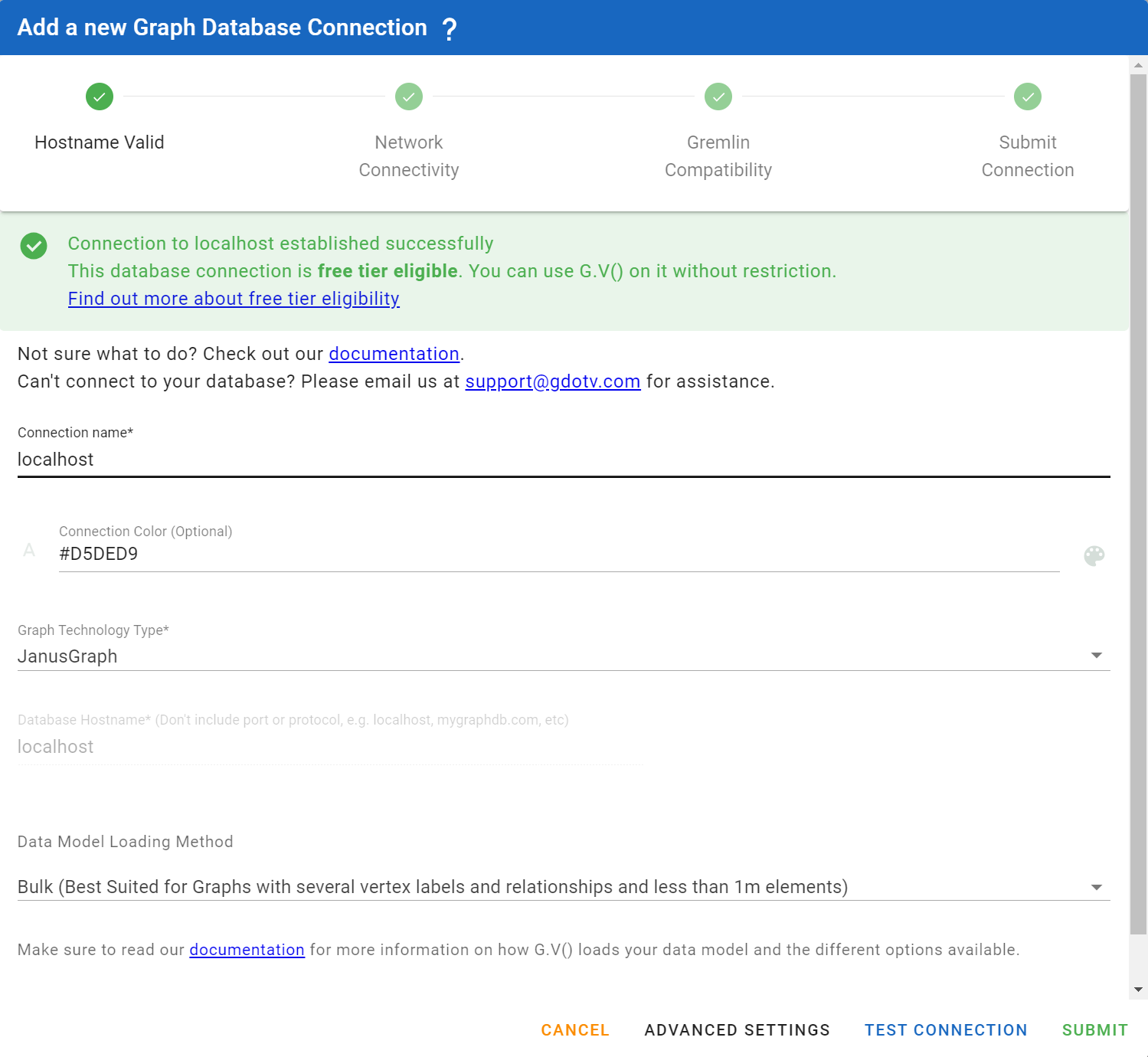
Introduction G.V() 3.9.32 is now available for all to use, with a more accessible free tier, and new data visualization features. We’ve listened to community feedback and implemented a free version of the software available to use for all graph […]
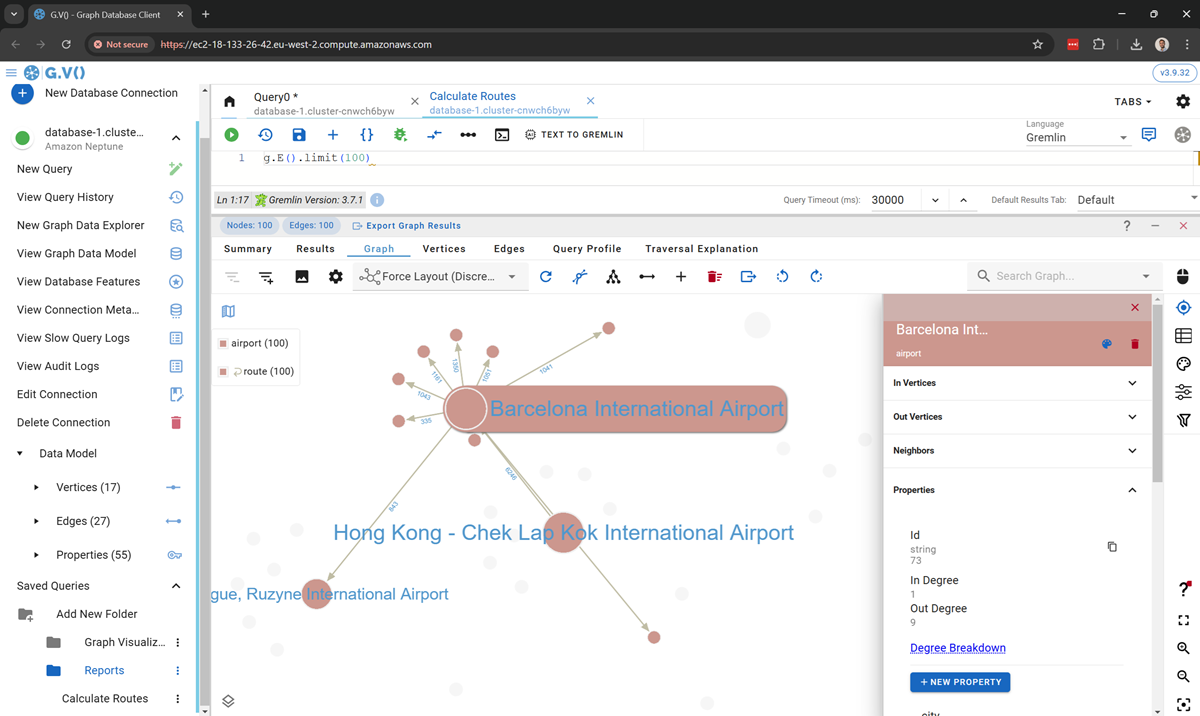
Learn about the release of G.V() graph database client on AWS and how to get started with a free trial

Introduction G.V() 3.6.26 is out and brings massive changes to our software. For the first time since we’ve released G.V(), we are now expanding our support to new graph database query languages, starting with openCypher for Amazon Neptune & PuppyGraph. […]
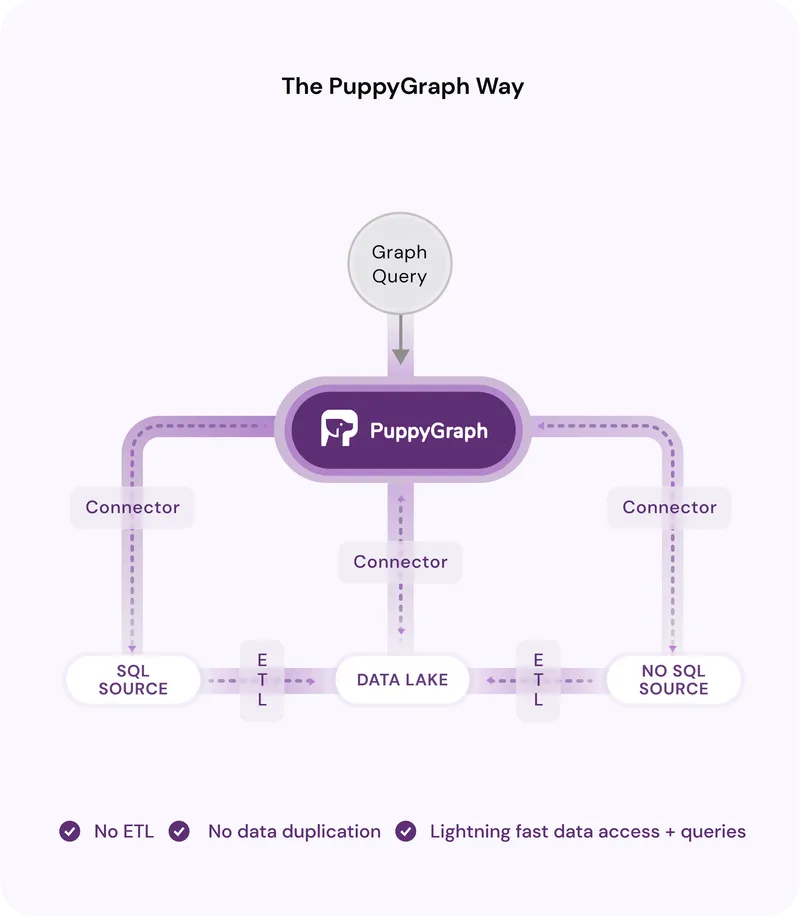
In this article we’ll showcase a first of its kind Graph analytics engine that transform and unify your relational data stores into a highly scalable and low-latency graph. I present to you: PuppyGraph! Introduction This is going to be a […]
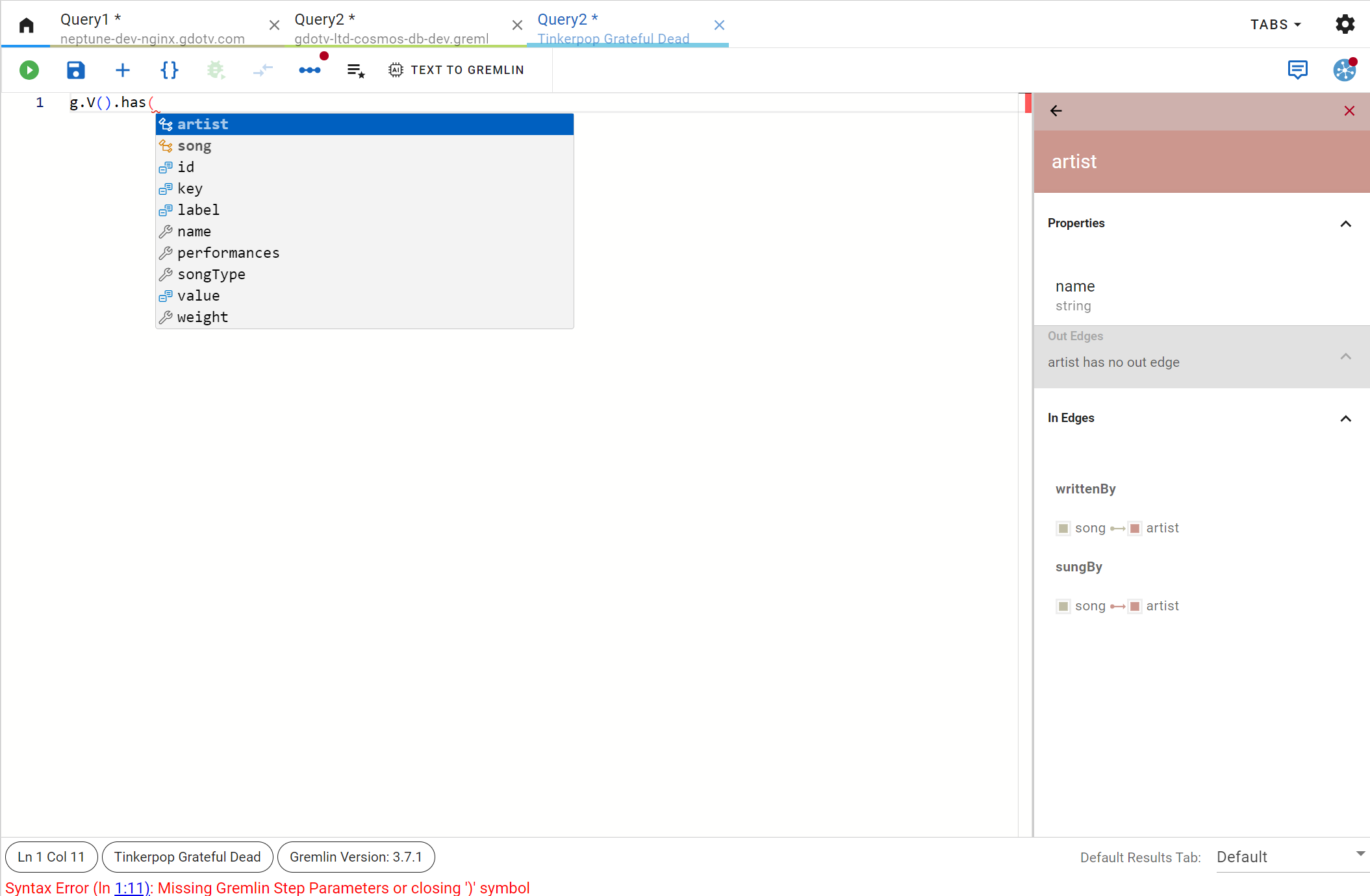
Hello hello! I’m excited to announce the latest release of G.V(), 2.16.27, packed full of user experience/quality of life improvements for the software as well as some extra goodies. Free trials are now up to a month! So far, to […]
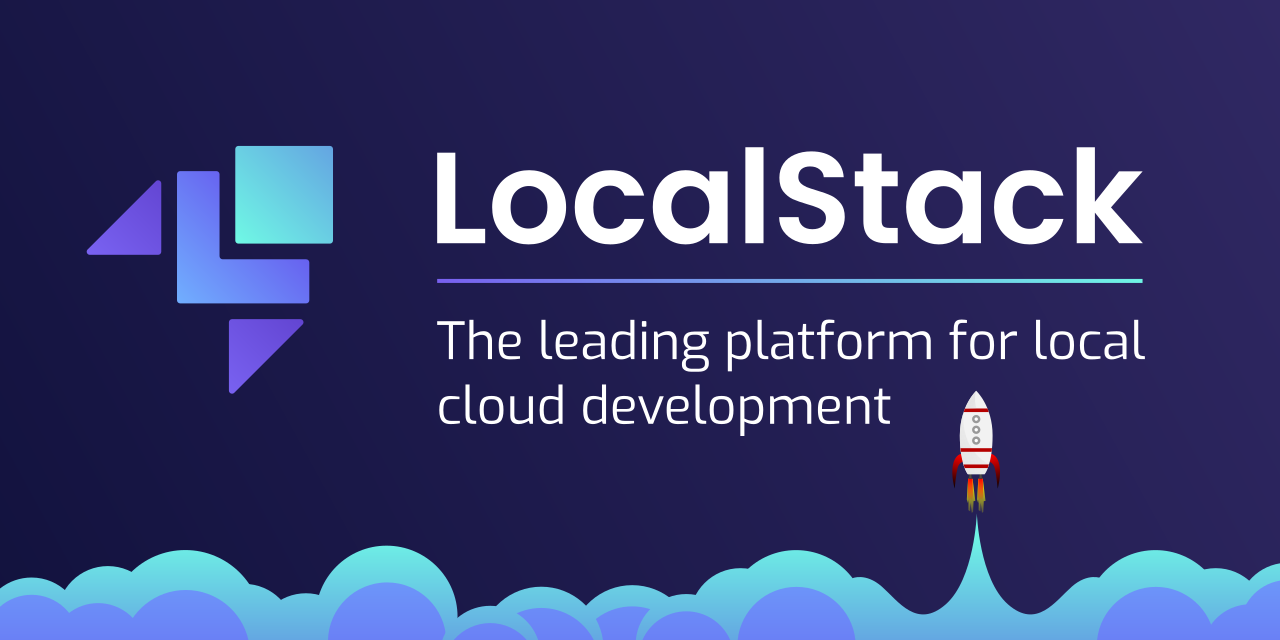
This article will cover how to connect your locally running Amazon Neptune database powered by LocalStack using G.V() – Gremlin IDE. To support this, we’ll use the AWS CLI to create a Neptune database on your local machine and start […]
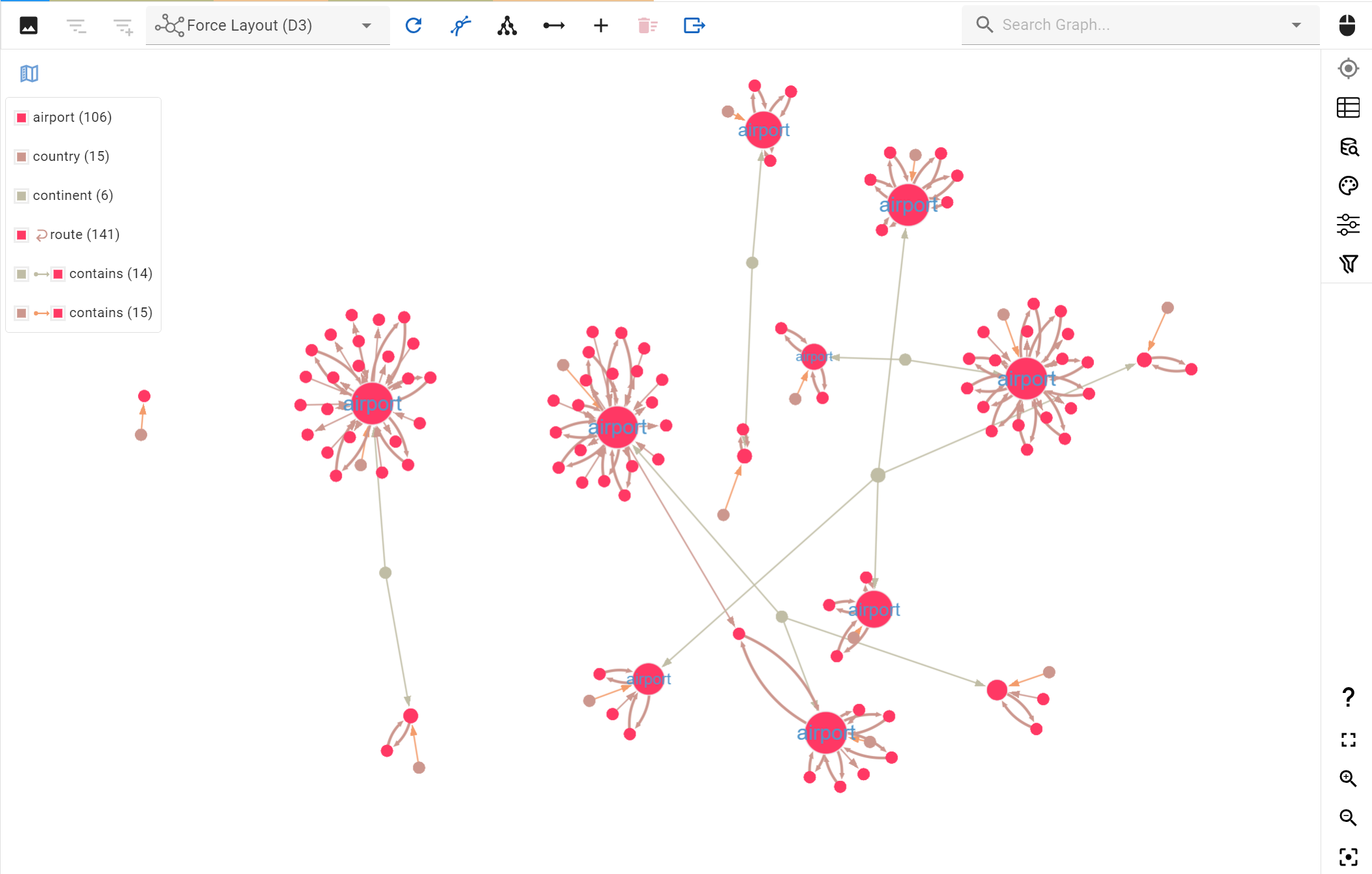
Today’s update announcement is actually a batch of the last two feature releases (2.5.9 and 2.10.17) which happened just a couple weeks apart of each other. The focus of both of these updates is mostly on the Large Graph View […]